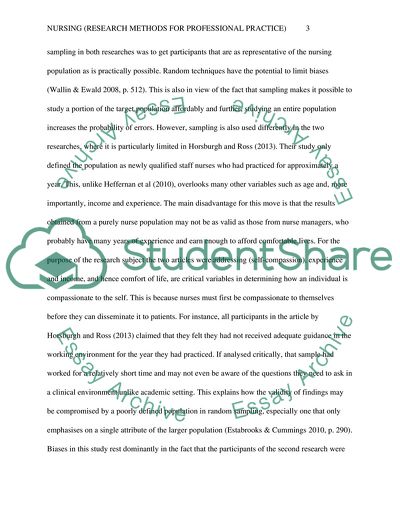Cite this document
(Nursing - Research Methods for Professional Practice Essay, n.d.)
Nursing - Research Methods for Professional Practice Essay. https://studentshare.org/nursing/1841308-nursing-research-methods-for-professional-practice
Nursing - Research Methods for Professional Practice Essay. https://studentshare.org/nursing/1841308-nursing-research-methods-for-professional-practice
(Nursing - Research Methods for Professional Practice Essay)
Nursing - Research Methods for Professional Practice Essay. https://studentshare.org/nursing/1841308-nursing-research-methods-for-professional-practice.
Nursing - Research Methods for Professional Practice Essay. https://studentshare.org/nursing/1841308-nursing-research-methods-for-professional-practice.
“Nursing - Research Methods for Professional Practice Essay”. https://studentshare.org/nursing/1841308-nursing-research-methods-for-professional-practice.


